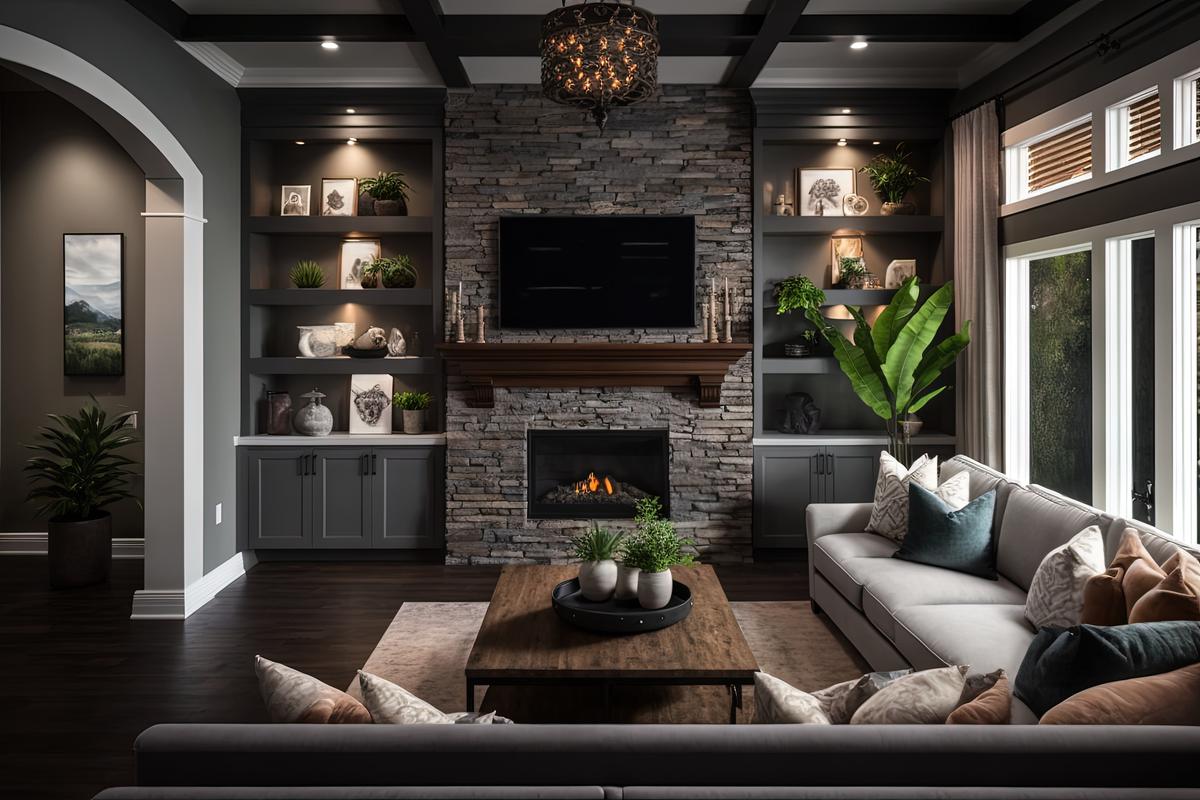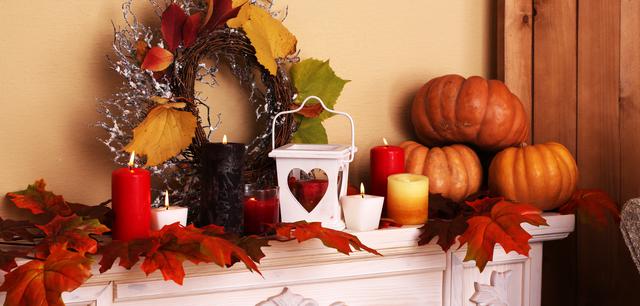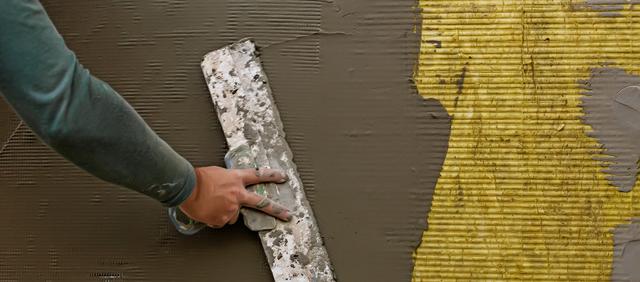Interior lighting can transform the ambiance of your home, improve functionality, and enhance the overall design. Hiring a designer to create a lighting plan ensures that your space is well-lit and aesthetically pleasing. In this article, we will discuss the vital materials to consider when working with a designer on your home's interior lighting.
Lighting Fixtures
The right lighting fixtures can make a statement and elevate your interior design. When selecting fixtures, consider the style, size, and finish that best complements your home. Options include chandeliers, pendant lights, flush mounts, wall sconces, and floor or table lamps. Mix and match fixtures to create a layered lighting scheme that adds depth and interest to your space.
Bulb Types
The type of bulb you choose for your lighting fixtures will affect the quality of light in your home. LED bulbs are energy-efficient, long-lasting, and available in various color temperatures, making them a popular choice. Other options include compact fluorescent (CFL) bulbs and halogen bulbs, each with their own advantages and drawbacks. Consider the brightness, energy efficiency, and lifespan of each bulb type when making your selection.
Color Temperature
The color temperature of your light bulbs can dramatically impact the mood of your space. Measured in Kelvins (K), color temperature ranges from warm (2700K-3000K) to cool (5000K-6500K). Warm light creates a cozy, inviting atmosphere, while cool light is invigorating and crisp. Consider the desired ambiance for each room and choose bulbs with the appropriate color temperature.
Dimming Controls
Incorporating dimmers into your lighting design allows you to adjust the brightness of your space to suit your needs and preferences. Dimmers can create a relaxing atmosphere for unwinding, provide task lighting for specific activities, or save energy by reducing brightness when full light is not needed. Ensure that your chosen bulbs are compatible with dimming controls and consult with your designer about appropriate dimmer switch options.
Smart Lighting Solutions
Smart lighting systems offer convenience, energy efficiency, and customization for your home's interior lighting design. With smart bulbs or switches, you can control your lighting remotely, set schedules, and adjust color temperature or brightness. Consider incorporating smart lighting solutions into your design to enhance your home's functionality and ambiance.
Safety and Building Codes
Ensure that your lighting design complies with local building codes and safety regulations. This includes adhering to guidelines for the placement and installation of fixtures, electrical requirements, and the use of approved materials. Work with your designer and a licensed electrician to guarantee that your lighting plan meets all necessary standards.
Choosing the right materials for your interior lighting design will ensure your space is both functional and visually appealing. By considering lighting fixtures, bulb types, color temperature, dimming controls, smart lighting solutions, and safety and building codes, you can create a well-lit and inviting home. Use this guide as a starting point for working with a designer on your interior lighting project and enjoy the transformative power of light.






comments